Understanding Therapeutic Yoga
Therapeutic yoga is a gentle and individualized approach to yoga that adapts to the specific needs of each individual. It focuses on addressing physical limitations, chronic pain, and mental health challenges through modified postures, breathing techniques, and relaxation practices. Unlike traditional yoga, therapeutic yoga emphasizes support, alignment, and progress at an individual’s own pace.
The Impact of Yoga Props on Therapeutic Yoga Practices
Yoga props play an indispensable role in therapeutic yoga by providing support, stability, and accessibility. They allow individuals to modify poses to suit their specific needs, reducing pain and discomfort while promoting healing and well-being. By incorporating props into therapeutic yoga practitioners can:
- Increase accessibility: Props make yoga poses more attainable for individuals with physical limitations, such as reduced flexibility or joint pain.
- Enhance comfort: Props provide support and cushioning, reducing discomfort and promoting relaxation.
- Improve alignment: Props can help individuals achieve proper alignment in poses, preventing strain and injury.
- Build confidence: Using props can boost confidence and reduce fear of attempting challenging poses.
- Deepen relaxation: Props facilitate deeper relaxation, allowing individuals to release tension and stress.
- Support therapeutic goals: Props can be used to address specific conditions, such as back pain, anxiety, or insomnia.
How to Incorporate Yoga Props for Therapeutic Yoga Practice
Incorporating yoga props into therapeutic yoga requires a thoughtful and individualized approach. Here are some tips:
- Start with the basics: Begin with simple props like blankets and blocks to build confidence and familiarize yourself with their use.
- Listen to your body: Pay attention to your body’s signals and adjust the use of props accordingly.
- Seek guidance: Consult with a qualified therapeutic yoga teacher for personalized guidance and prop recommendations.
- Experiment with different props: Try different combinations of props to find what works best for you and your specific needs.
- Create a supportive practice space: Set up a dedicated practice space with props readily available for convenient access.
Tips for Beginners
For beginners in therapeutic yoga, here are some tips on using props effectively:
- Focus on comfort: Prioritize comfort over achieving the perfect pose.
- Use props for support: Use props to support your body and prevent strain.
- Start with simple modifications: Begin with small adjustments to poses using props and gradually progress.
- Be patient: Progress takes time, so don’t get discouraged if you don’t see immediate results.
Adjusting Props for Individual Needs
The use of props in therapeutic yoga should be tailored to individual needs and goals. Here are some guidelines for adjusting props:
- Consider physical limitations: Adjust the height of blocks or the thickness of blankets to accommodate specific physical challenges.
- Modify poses: Use props to modify poses to make them accessible and comfortable for individuals with injuries or chronic pain.
- Experiment with different props: Try different combinations of props to find the optimal support for each pose.
- Seek professional guidance: Consult with a therapeutic yoga teacher for personalized prop recommendations.
Creating a Supportive Practice Space
Setting up a dedicated practice space can enhance the effectiveness of using yoga props. Consider the following:
- Choose a quiet and peaceful location: Find a space where you won’t be disturbed.
- Provide ample space: Ensure you have enough room to move freely and use props comfortably.
- Organize your props: Keep your props within easy reach for convenient access.
- Create a calming atmosphere: Use soft lighting, candles, or essential oils to enhance relaxation.
Conclusion
Incorporating yoga props into your therapeutic yoga practice can significantly enhance your experience. These versatile tools offer increased accessibility, enhanced comfort, improved alignment, boosted confidence, deeper relaxation, and tailored support. By listening to your body, progressing at your own pace, and seeking guidance from a qualified teacher, you can unlock the full potential of therapeutic yoga with props. Remember, the goal is to create a safe, supportive, and transformative practice that aligns with your individual needs and goals.

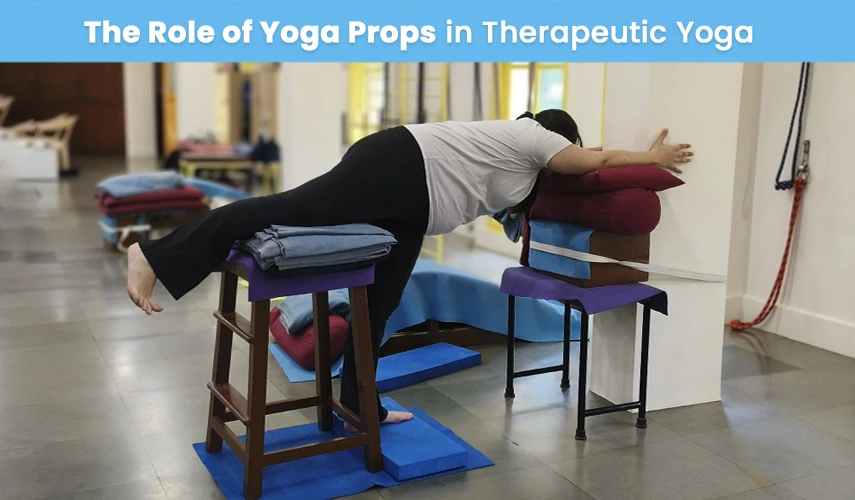
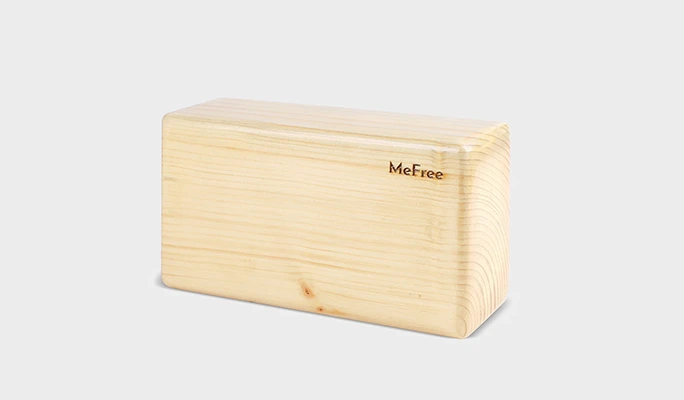

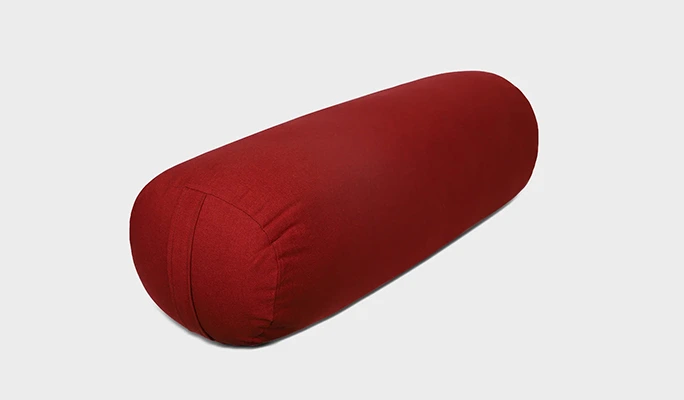
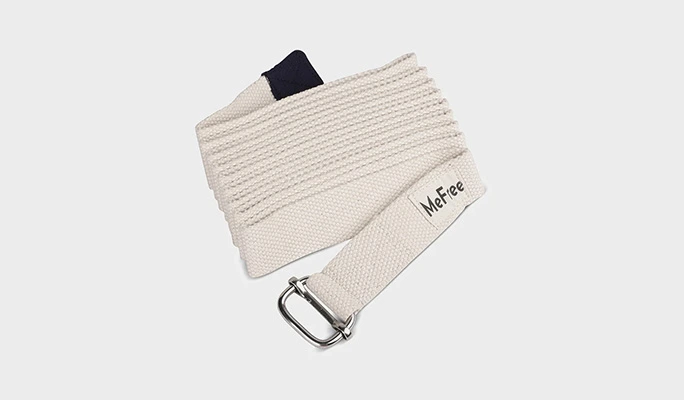
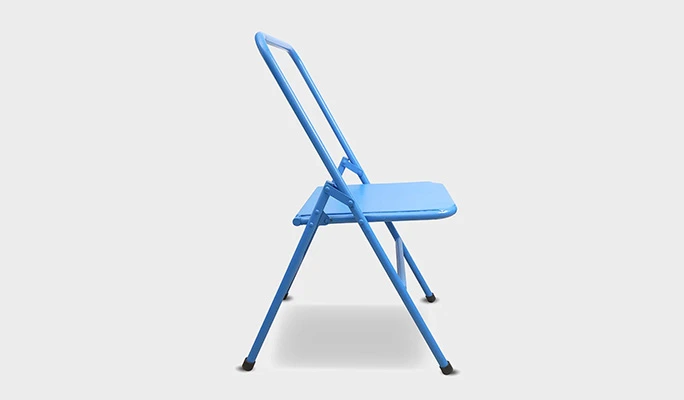
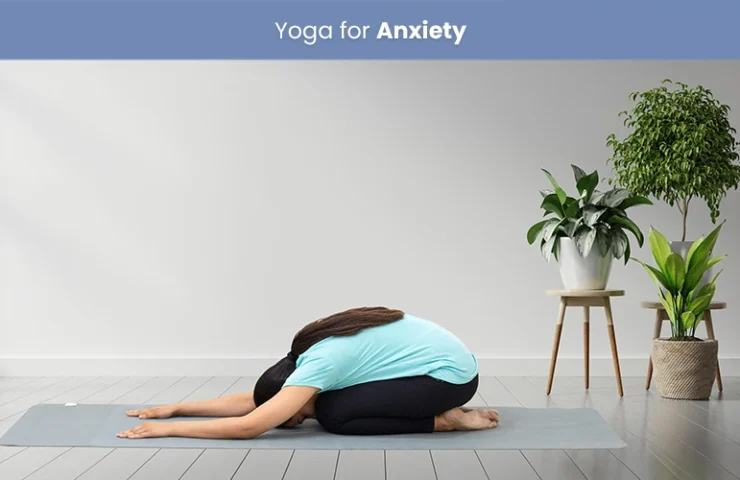
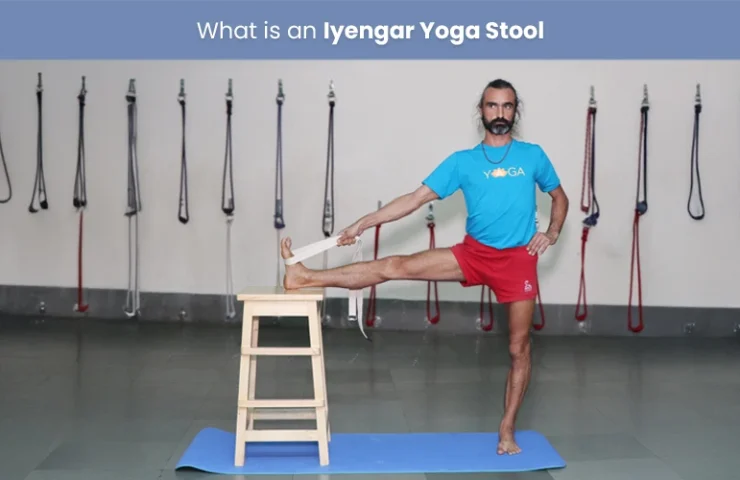
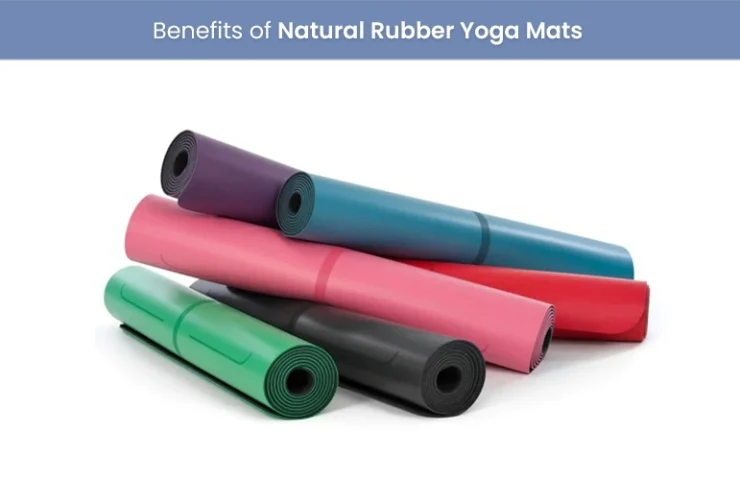
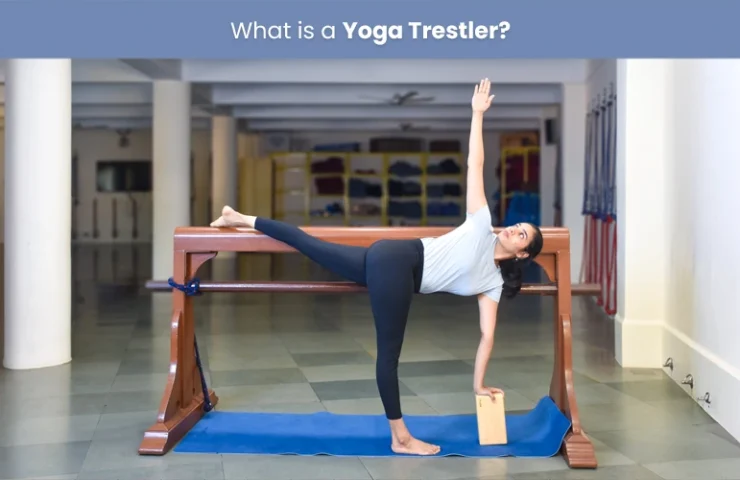
0 Comments for “The Role of Yoga Props in Therapeutic Yoga”